Proactive General Uprising, not "lucky"
Reporter (PV):
Senior Lieutenant General, Associate Professor, Dr. Tran Viet Khoa: Our Party and especially leader Ho Chi Minh proactively prepared for the General Uprising from politics , organization, armed forces, bases to plans and opportunities. Thanks to that, when Japan surrendered to the Allies, the Party quickly launched and organized the entire people to rise up to seize power throughout the country, leading to a quick victory with little bloodshed.
Senior Lieutenant General, Associate Professor, Dr. Tran Viet Khoa. |
Specifically, the Party soon led the establishment and development of revolutionary organizations, such as Viet Minh (1941) - a national solidarity front, gathering all classes to fight against colonialism and imperialism, for national independence; propagating and mobilizing people to follow the path of national independence associated with socialism. In terms of leadership organization, Party committees from the Central to local levels were consolidated and expanded. Regarding the armed forces, the Party directed the organization of armed forces, self-defense forces..., especially the establishment of the Vietnam Propaganda Liberation Army (December 22, 1944) - the predecessor of the Vietnam People's Army; expanding revolutionary bases, concentrating in Viet Bac and mountainous and rural areas - safe places to build forces, conduct military training and protect revolutionary bases.
Closely monitoring the international and domestic situation, especially the weakening of the Japanese army, the victory of the Allies and the collapse of Nazi Germany, at the Northern Revolutionary Military Conference (April 1945), the Party specifically directed the organization of uprising committees, the preparation of forces, weapons and action plans when the opportunity came.
PV:
Senior Lieutenant General, Associate Professor, Dr. Tran Viet Khoa: In August 1945, our Party quickly took advantage of the revolutionary opportunity, turning the "power vacuum" after Japan surrendered to the Allies into a victorious General Uprising.
Before that, when Japan staged a coup against France (March 9, 1945), the colonial apparatus collapsed, the old order was shaken, the Party promptly issued a policy of "breaking the rice warehouse, solving the famine", initiating a high tide of resistance against Japan to save the country. When Japan surrendered to the Allies (August 15, 1945), the puppet government was confused, the Allies had not yet arrived to disarm, the Party's National Conference (from August 13 to 15) urgently decided to launch a General Uprising before the Allies arrived; the Tan Trao National Congress (August 16) established the National Liberation Committee (Provisional Government), issued Military Order No. 1 "wherever victory is certain, immediate action must be taken"; the people were ready to rise up. The Japanese army laid down their arms, the Party mobilized the Vietnam Liberation Army and local militia to capture offices, gun stores, radio stations, post offices, etc. Immediately after the capture, provisional People's Committees were established at each level, completely replacing the old apparatus; at the same time, calling on old civil servants to cooperate, ensure order, issue Viet Minh banknotes, stabilize life, and create legitimacy in the eyes of the people and the international community.
Thus, the key points in "seizing the opportunity": Be quick, as soon as you discover a "vacancy", act immediately; orders are transmitted hourly; Be bold, believe in the people's strength and the paralysis of the opponent; Be determined and flexible, whichever province has the strength to seize power first; combine military, politics, and diplomacy; all snap decisions are based on the organization, forces, and bases that have been persistently built for many years.
Thanks to that, in just the days from August 14 to 30, 1945, the revolutionary government covered the whole country and went ahead of all international interventions, completely completing the mission of "gaining national independence" at the most favorable moment of history.
PV:
Senior Lieutenant General, Associate Professor, Dr. Tran Viet Khoa: The victory of the August Revolution in 1945 was a turning point in the history of the Vietnamese nation, marking the complete collapse of the colonial-feudal regime and the birth of the Democratic Republic of Vietnam. However, in recent times, some reactionary arguments lacking historical basis have deliberately distorted it, claiming that this was just a "lucky" event when Japan surrendered to the Allies, creating a power vacuum for the revolutionary movement to "accidentally" gain power. This view is completely one-sided, because it denies the leadership role of our Party and the masses throughout the process of preparing and carrying out the revolution.
As analyzed above and proven in practice, the victory of the August Revolution was the result of a proactive, comprehensive and long-term preparation process led by our Party and leader Ho Chi Minh. When the historical opportunity arose, the Party wisely and promptly launched a General Uprising nationwide; at the same time, it led the organization of the struggle closely, coordinated the unity of revolutionary forces, mobilized the strong response of the masses, and created a combined strength to achieve complete and rapid victory. In less than half a month, people's governments were established in almost all provinces and cities across the country - a result that could not have been achieved if it had relied solely on temporary luck.
Therefore, it must be affirmed that the August Revolution was not a random or "lucky" result, but the inevitable result of a process of steadfast struggle, careful preparation and the right grasp of historical opportunities by the entire nation under the correct and wise leadership of the Party. Denying this is not only an academic mistake but also an act of distorting history, which must be resolutely refuted.
"Adapt to all changes" to overcome life and death
PV:
Senior Lieutenant General, Associate Professor, Dr. Tran Viet Khoa: The victory of the August Revolution in 1945 and the steadfastness of the revolutionary government in 1946 were not accidental results, but were a concentrated manifestation of our Party's sharp strategic thinking, flexible tactics and ingenious political strategies. In the context of the country having just gained independence, but facing countless challenges, the Party demonstrated the mettle of a mature revolutionary political force, knowing how to "respond to all changes with the unchanging", leading the nation through a life-and-death period of the revolution.
The Party's long-term strategy is to liberate the nation and build a people's democratic state. From the 8th Central Conference (May 1941), the Party clearly determined that the main conflict at this time was between the Vietnamese people and Japanese fascists, and that the entire nation must unite under the banner of the Viet Minh Front, temporarily putting aside the slogan of social revolution to focus on the goal of gaining independence.
When the revolutionary opportunity arose (especially the surrender of the Japanese fascists in mid-August 1945), the Party resolutely launched a nationwide General Uprising, acting swiftly, in an organized and timely manner. The issuance of Military Order No. 1, the establishment of the Vietnam National Liberation Committee, and the direction of uprisings in each locality created a “quick strike, clean victory” campaign, seizing power throughout the country. This is a typical example of the combination of the strategy of accumulating forces and the strategy of taking full advantage of historical opportunities.
After independence, the newly-born Democratic Republic of Vietnam fell into a particularly dangerous situation: French colonialists returned to invade the South, Chiang Kai-shek's troops entered the North, reactionary parties fought against it, the economy was exhausted, and the revolutionary government was still young. Faced with this "critical" situation, our Party had a flexible but resolute domestic and foreign policy strategy, protecting the achievements of the revolution while not yet having the conditions to launch a full-scale resistance war.
In foreign affairs, the Party advocated “peace for progress”, using diplomatic leverage to defuse the risk of a two-front war. The Preliminary Agreement on March 6, 1946 with France was a tactical move, temporarily recognizing the presence of France in the North to force the Chiang army to retreat, while at the same time taking advantage of the time to consolidate our forces. This was an extremely bold “fighting poison with poison” strategy, demonstrating our acumen in turning the tide.
Internally, the Party advocated building legitimacy and developing internal revolutionary strength. The successful organization of the General Election (January 6, 1946) to elect the National Assembly, establish a coalition government, and at the same time launch movements against hunger, illiteracy, and reform of the administrative apparatus... contributed to strengthening people's trust and creating a solid political position for the new government.
In particular, while being flexible in diplomacy, the Party still prepared forces for long-term resistance, built the rear, promoted propaganda work and organized the armed forces. That showed the smooth combination of politics-military-diplomacy, laying the foundation for the victory of the resistance war against French colonialism later.
Thus, long-term strategy, flexible tactics and timely improvisation were the decisive factors that helped our Party successfully lead the August Revolution in 1945 and maintain power in an extremely dangerous situation in 1946. This was not only a testament to the mettle and intelligence of a true revolutionary Party but also a valuable lesson in the art of revolutionary leadership in the context of complex political transformation.
"Force, position, time, strategy" is always strategic thinking.
PV:
Senior Lieutenant General, Associate Professor, Dr. Tran Viet Khoa: The victory of the August Revolution in 1945 is a typical example of the Party's sharp, comprehensive and flexible revolutionary leadership. In particular, our Party's strategic thinking is crystallized through four core elements: "Strength - Position - Time - Strategy". This is a historical lesson of profound value in realizing the strategy of protecting the Fatherland early, from afar, and preserving the country when it is not yet in danger. Specifically:
First of all, the lesson is about proactively preparing, consolidating and promoting national internal strength. In the August Revolution, “strength” was not simply military strength, but the combined strength of the entire nation: the great national unity bloc under the Viet Minh flag, the People’s Armed Forces, revolutionary bases and a unified political system from the Central to the local levels. That strength was formed from a long-term, persistent and steadfast preparation process in terms of policy.
Second, the lesson of creating and maintaining a strategic initiative. Before the General Uprising broke out, the Party proactively built up the revolutionary “position” through expanding liberated areas, organizing revolutionary governments in many localities, and developing mass political and social organizations. When the opportunity arose, the revolution stood in a position of absolute initiative, not falling into a passive position before opposing forces.
Third, be sensitive to opportunities and act promptly. The August Revolution is a typical example of the art of seizing historical opportunities. In the brief moment when the feudal colonial government collapsed and the Allied forces had not yet entered our country, the Party promptly launched an uprising across the country. If the opportunity were to pass, the situation could turn in an unfavorable direction.
Fourth, be flexible and clever in leadership and behavior. After seizing power, in the "critical" situation of 1946, the Party applied many clever strategies: Reconciliation with the Chiang army, principled concessions to the French, international appeals, building a legitimate government, stabilizing society, and at the same time secretly preparing for a long-term resistance. This is a typical manifestation of "scheming" - the art of combining flexibility and steadfastness, temporary and long-term.
Currently, building and promoting “force” continues to be the core element in the national defense strategy. It is the combined strength of the nation, in which the human factor and the people's hearts are the center. Strengthening the national internal strength associated with socio-economic development, enhancing the national defense and security potential, strengthening the national defense posture and the people's security posture are the foundation for effectively responding to all risks, both traditional and non-traditional.
In the context of globalization, “position” is not only the position on the map but also the political and legal position, geostrategic position and international prestige. Proactively building a national defense position associated with the “position of the people’s hearts”, while enhancing position and power in the international arena through multilateral diplomacy, international integration and defense diplomacy is a way to create an effective deterrent position and proactively maintain sovereignty.
Opportunities and risks are often intertwined and change rapidly in the complex regional and international security environment. Therefore, the requirement is to improve the capacity for strategic forecasting, early detection, and remote handling, to avoid strategic surprises. This is the core content of the thinking of "protecting the country before it is in danger".
“Strategy” should be understood as strategic intelligence in handling international relations, flexibly applying confrontation-dialogue, struggle-cooperation. It is the ability to behave intelligently in diplomacy, communication, international law and defense, knowing how to choose the right time-knowing how to maintain position-knowing how to use force at the right time.
The lesson of “force-power-time-scheme” in the August Revolution is not only of historical value but also the operating principle of the strategy to protect the Fatherland in new conditions. In the context of many changes in the international world, with risks of sovereignty infringement and sabotage from within, the strategy to protect the Fatherland must be implemented early, from afar and comprehensively. That requires a combination of strategic intelligence and political courage, of national strength and the strength of the times to maintain independence, sovereignty and territorial integrity in all situations, even when the country is not yet in danger.
PV:
CAT HUY QUANG (performed)
* Readers are invited to visit the 80th Anniversary of August Revolution and National Day September 2 section to see related news and articles.
Source: https://www.qdnd.vn/80-nam-cach-mang-thang-tam-va-quoc-khanh-2-9/cach-mang-thang-tam-va-nhung-bai-hoc-lon-ve-luc-the-thoi-muu-843089



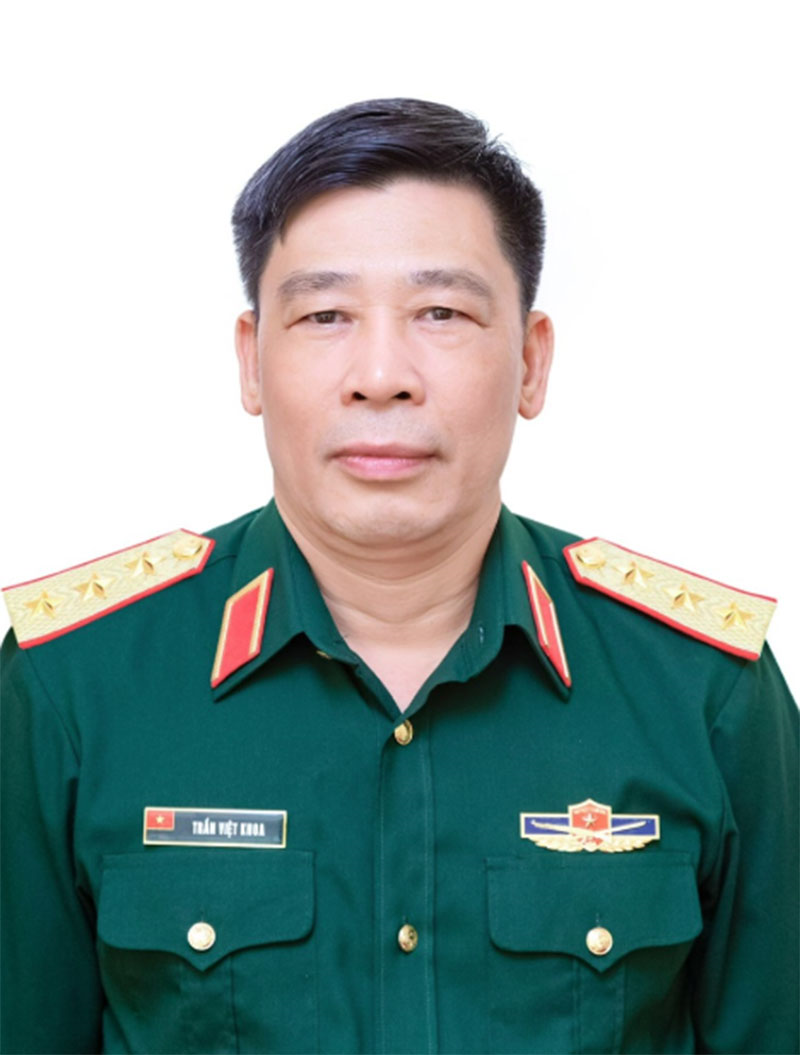
![[Photo] Parade blocks pass through Hang Khay-Trang Tien during the preliminary rehearsal](https://vphoto.vietnam.vn/thumb/1200x675/vietnam/resource/IMAGE/2025/8/27/456962fff72d40269327ac1d01426969)
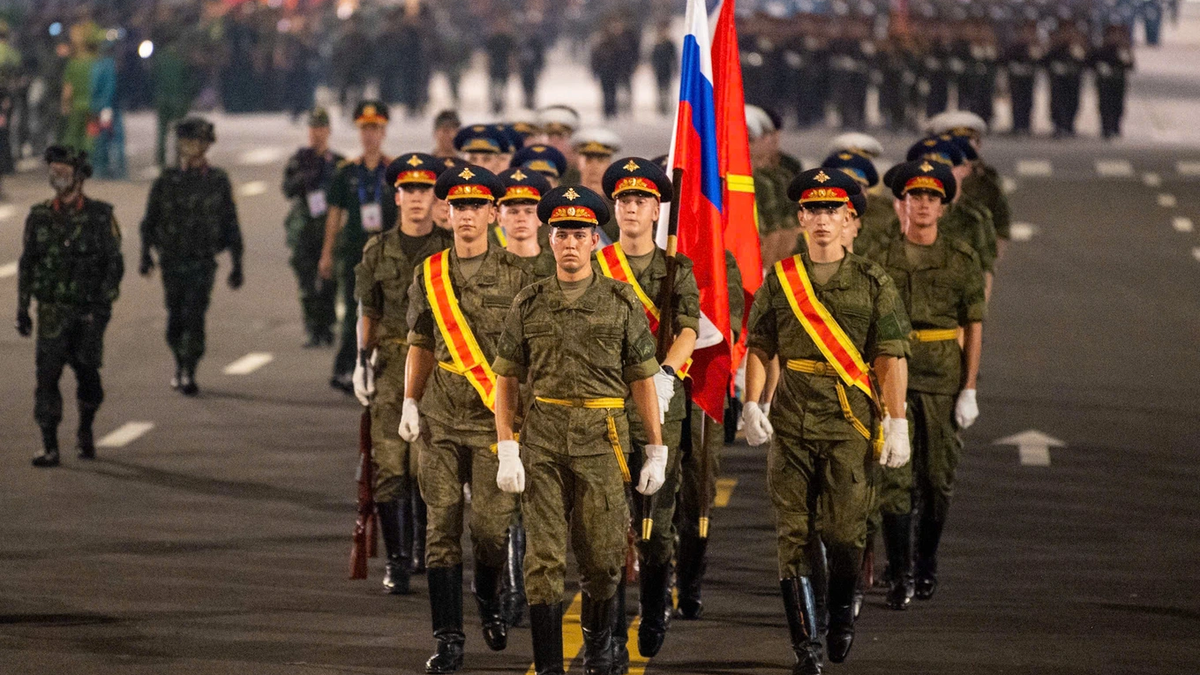
![[Photo] Images of the State-level preliminary rehearsal of the military parade at Ba Dinh Square](https://vphoto.vietnam.vn/thumb/1200x675/vietnam/resource/IMAGE/2025/8/27/807e4479c81f408ca16b916ba381b667)
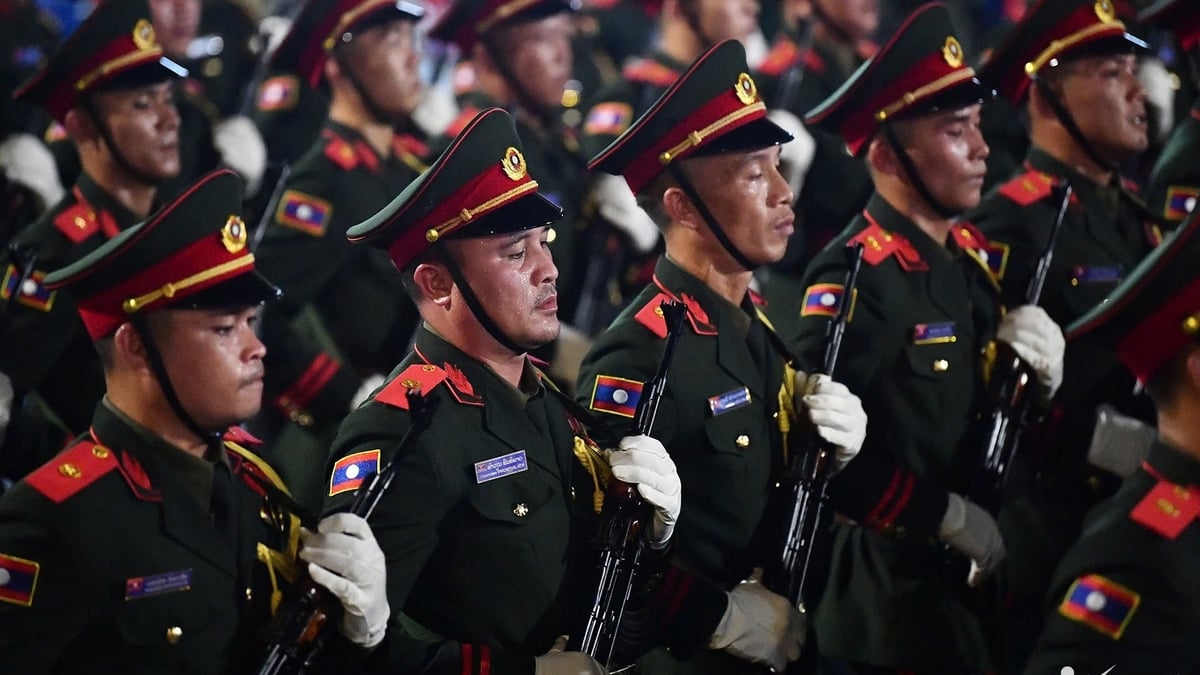
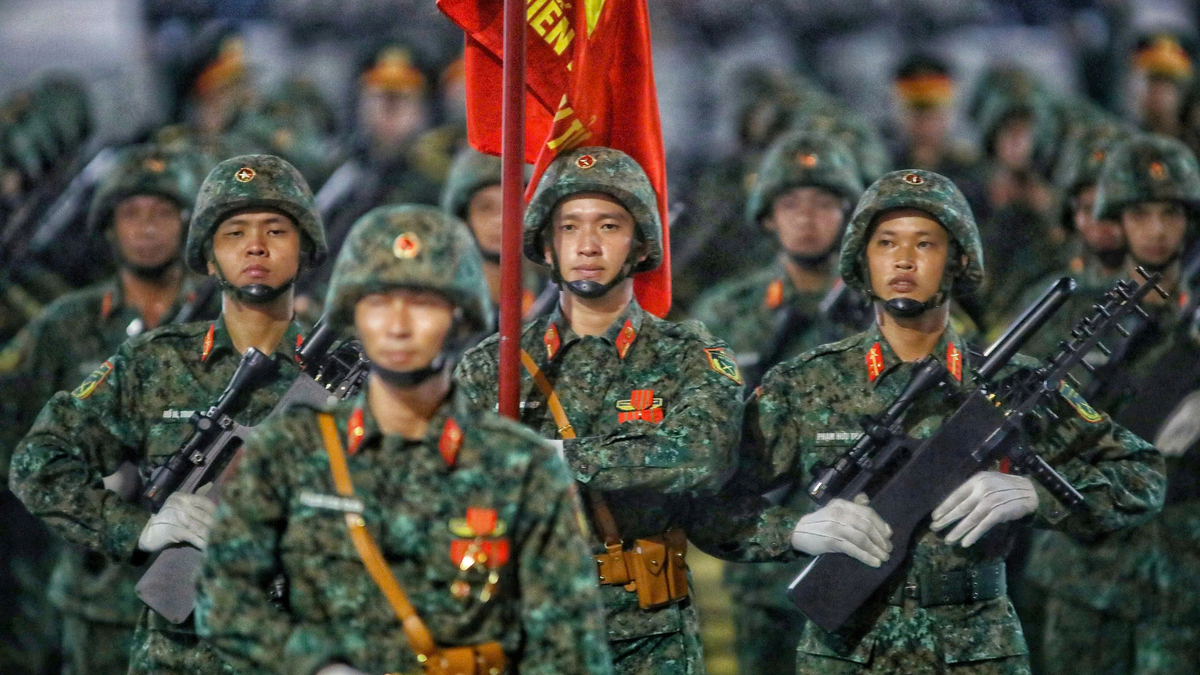
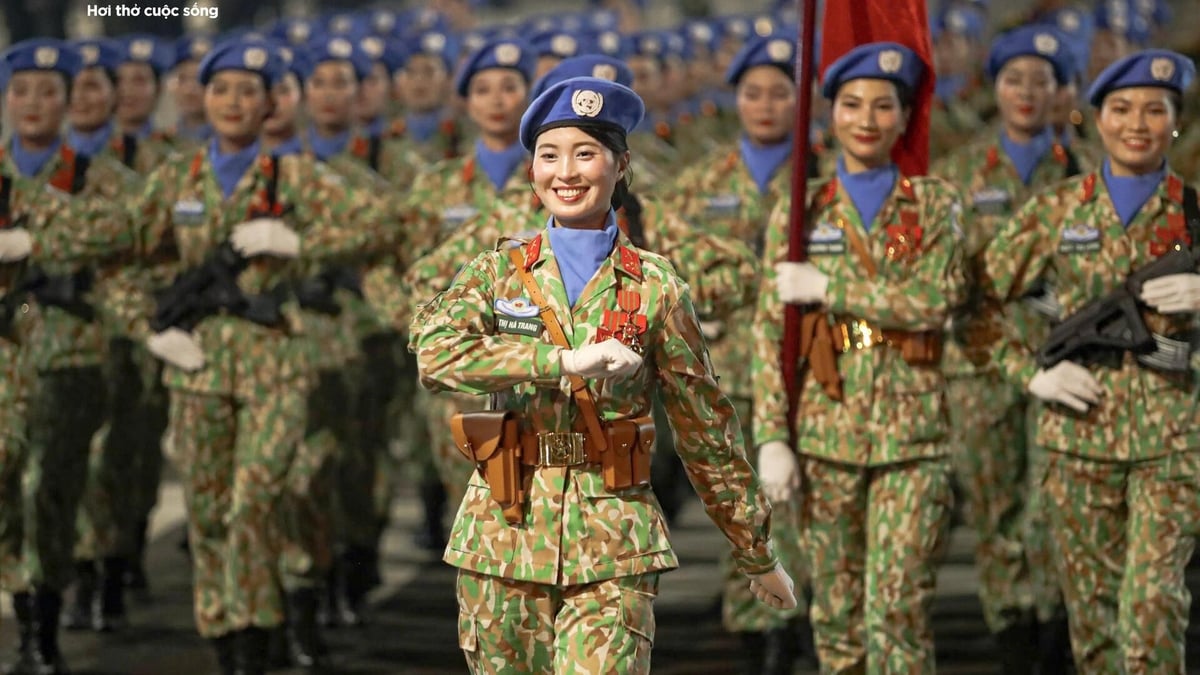
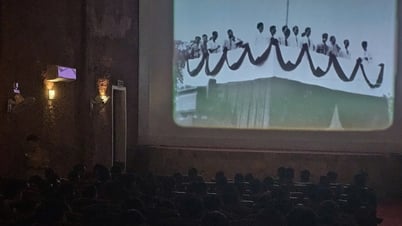

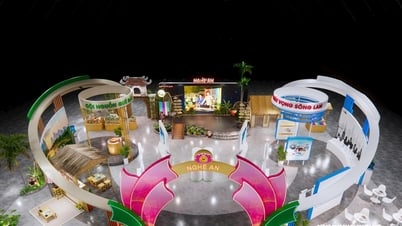

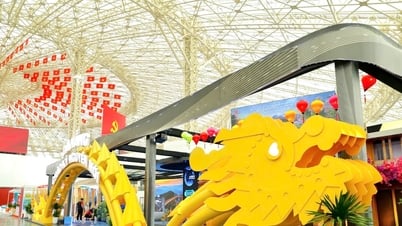

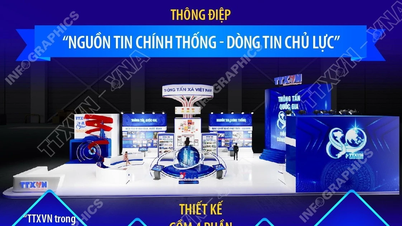

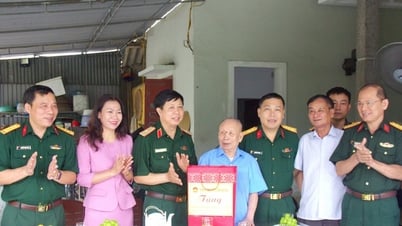


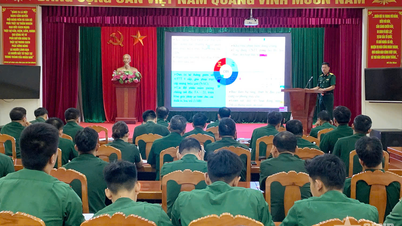
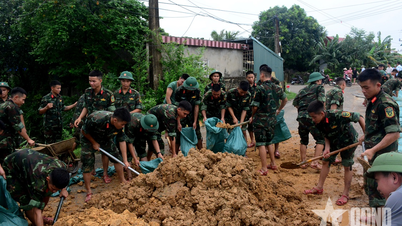
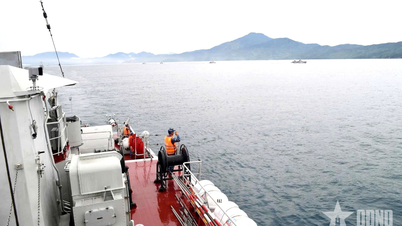
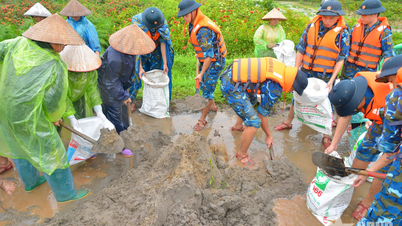
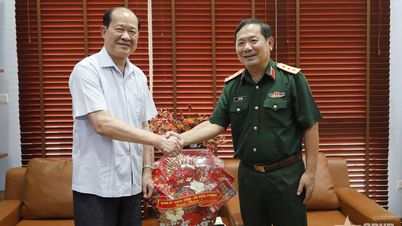
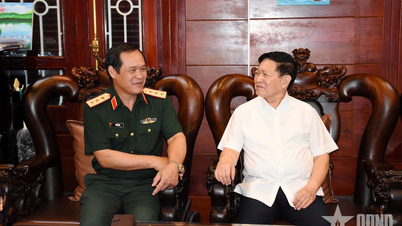




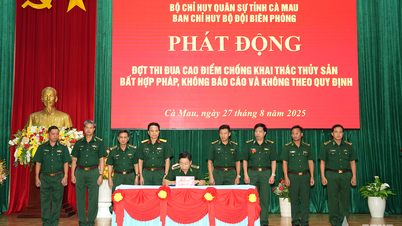
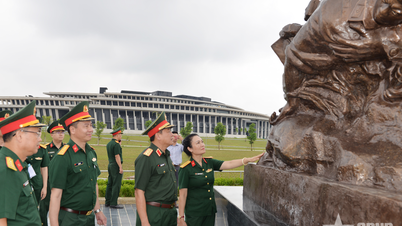

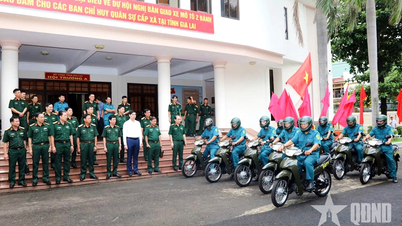
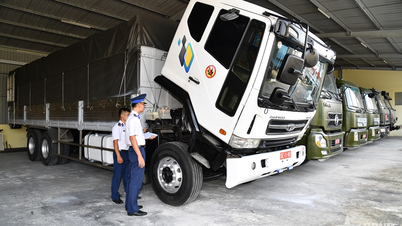
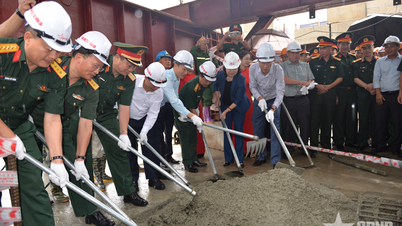


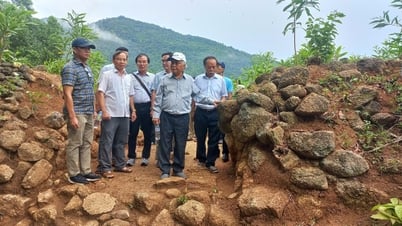





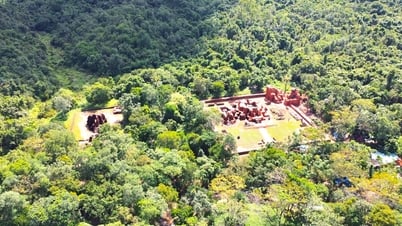
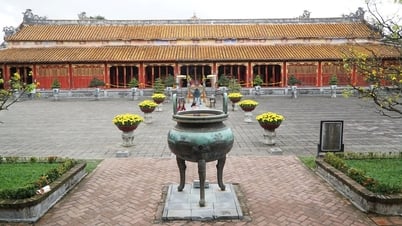


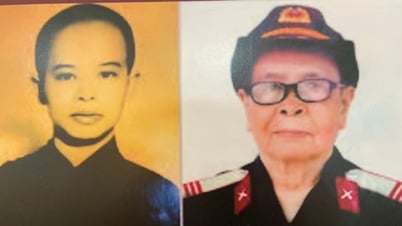
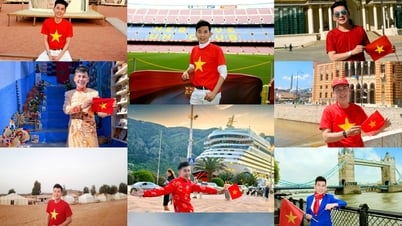



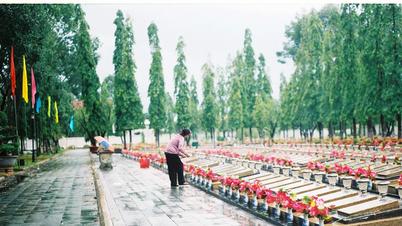
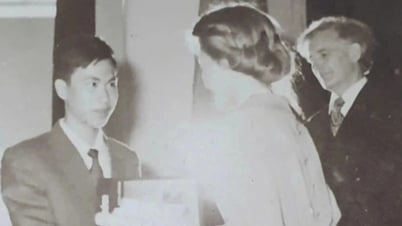






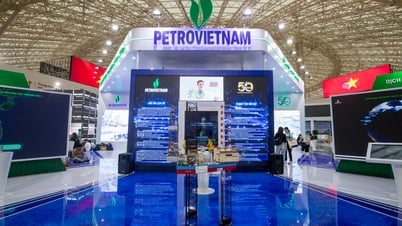
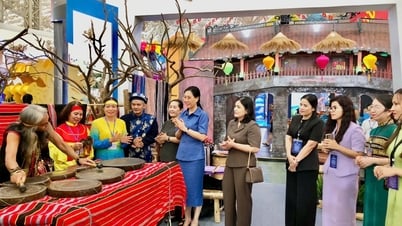
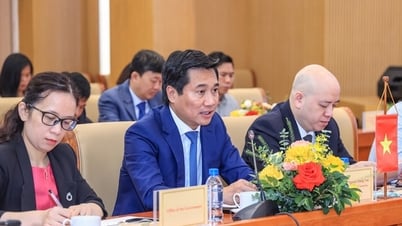

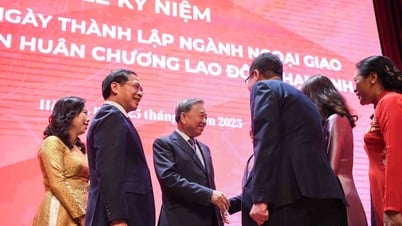

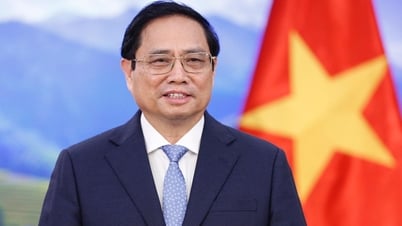

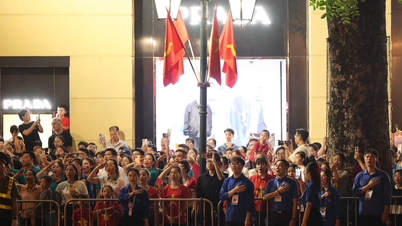
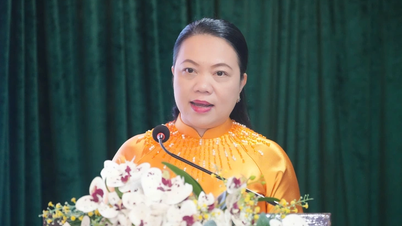
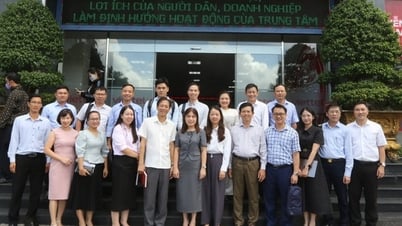



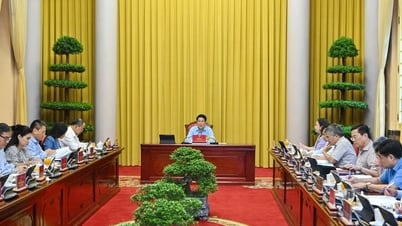

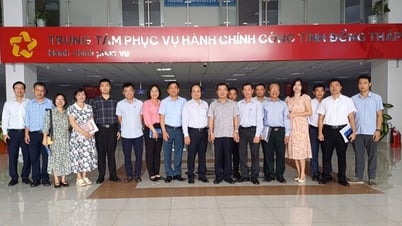
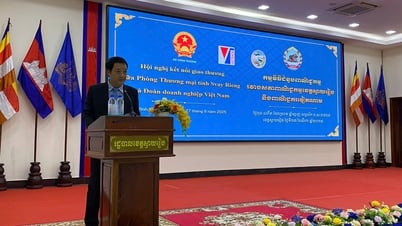
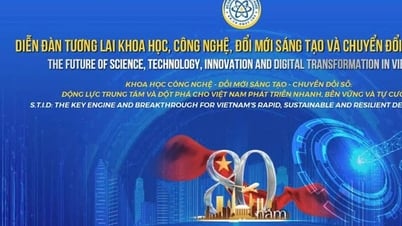
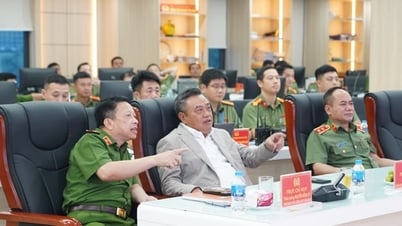

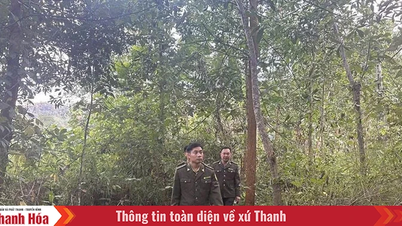

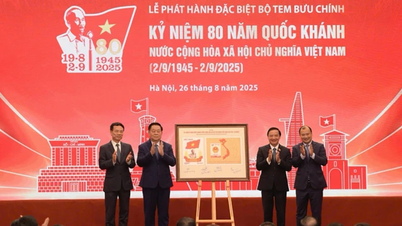

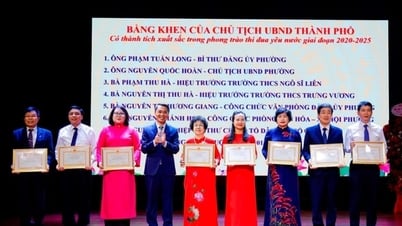


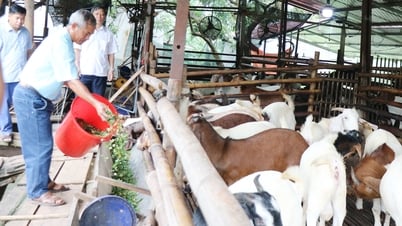

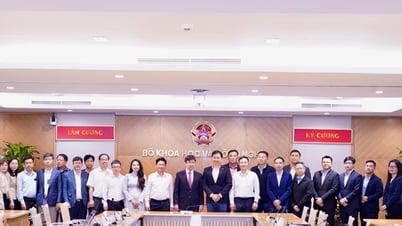



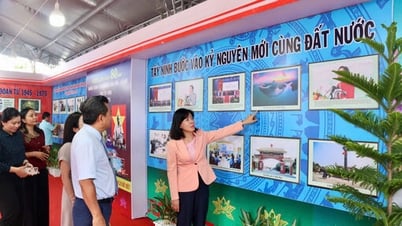






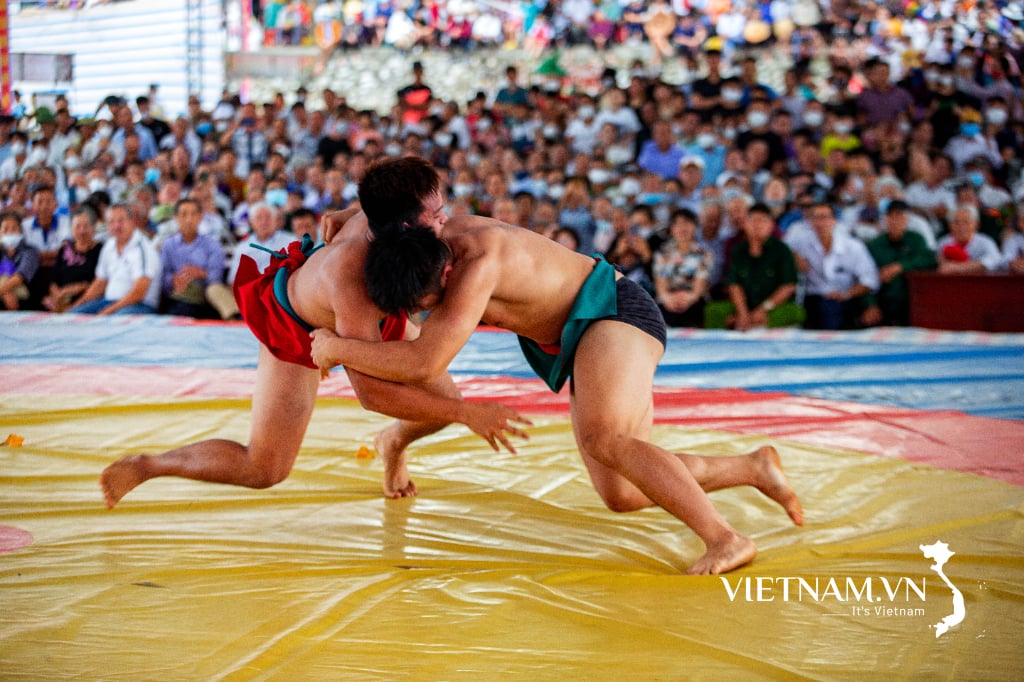



Comment (0)